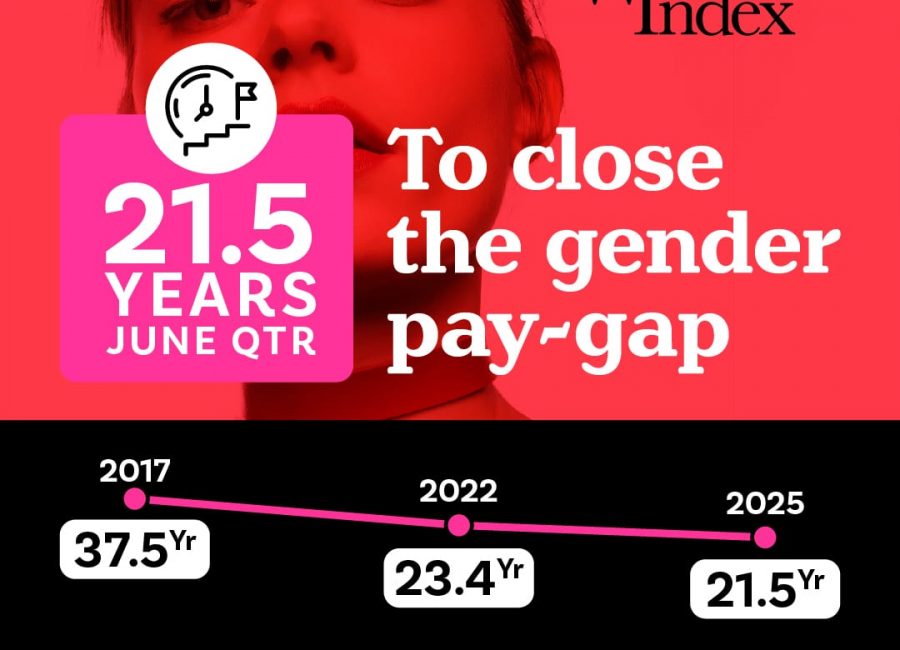There are over 3 million Australian women in full time work, yet most of us are in the wrong industries in terms of income and what’s more we’re paying for a lot of stuff we don’t really need.
This week, I was hit with a $700 water bill and it got me thinking about how much money I spend on a daily basis on just stuff.
Be that a cup of coffee or a bill that goes out of my bank account without me even thinking about it.
Rarely do I have a day where I don’t spend a cent and that’s confronting when you think about the rising cost of living and relatively flat wages growth.
So with this in mind, Financy has a challenge for all of you: Save money one day a week, and find out if you could be doing better on pay and actually do something about it.
According to the latest data from the Australian Bureau of Statistics, there’s about 3-million women in full time work, which is about 10,000 more than six months earlier. This is a good thing for women and the economy.
But most women are working in careers that are not high paying, and the courses we choose to study reflect that.
While there has been improvement in the number of enrolments in higher paying digital careers, overall the choices that lead to lower paying jobs in fields such the arts and education are dominated by women.
Among the top male dominated industries, information and communication technology and architecture, engineering and mining remain the top paying across Australia, according to the mid-year check-in of average advertised annual salaries on jobs website SEEK.
What’s interesting about these sectors is that whilst there are less women working in them compared to men, there is an increasing number of women either entering these areas or studying in them, according to the Financy Women’s Index.
TheICT Architects sector paid an average salary of $135,744 for the financial year to June 30, 2017. Engineering paid $133,264 and mining resources and energy paid $130,628.
These salaries are significantly higher than the average advertised annual salary of $81,747, which was up 1.8 per cent year on year.
“During the past financial year, advertised salaries on SEEK were relatively flat, with little to no growth, but in June this year salaries started to tick higher after dipping in May,” says SEEK Spokesperson Kendra Banks.
“It’s no surprise that the ICT Architect job was the highest advertised salary on SEEK.
“More and more businesses are relying on technology and software solutions to support their operations.
“Businesses require the highly technical skills of ICT Architects to organise and manage these assets so that’s why it commands a high salary,” she said.
ICT Architects also topped the highest paying job title across the following states and territories, with the average advertised annual salary varying across these labour markets:
| STATE/TERRITORY | AVERAGE ADVERTISED ANNUAL SALARY
[FY17] |
| New South Wales [NSW] | $137,136 |
| Victoria [VIC] | $139,749 |
| Western Australia [WA] | $135,231 |
“Improved demand from infrastructure projects and residential construction on the eastern seaboard, as well as some turnaround in mining investments, are other likely drivers of high salaries for managers in the Engineering industry.
“High salaries across mining management reflects recent improvements in mining conditions and the pick-up of exploration activity by mining companies as they aim to maintain production levels after having cut back on expenditure over a couple of year,” added Ms Banks.












